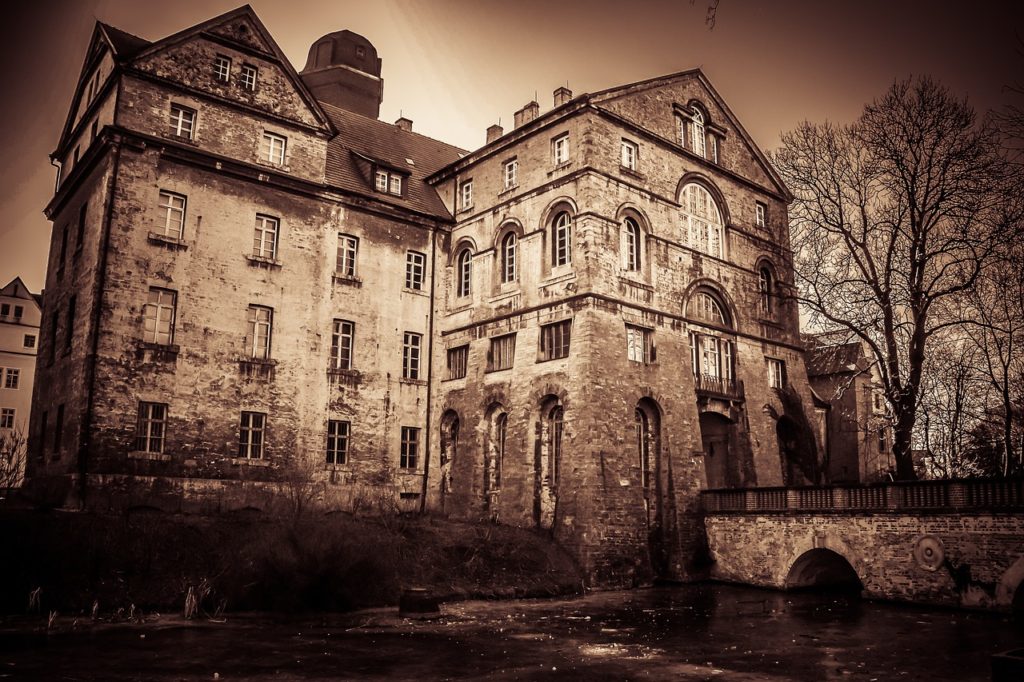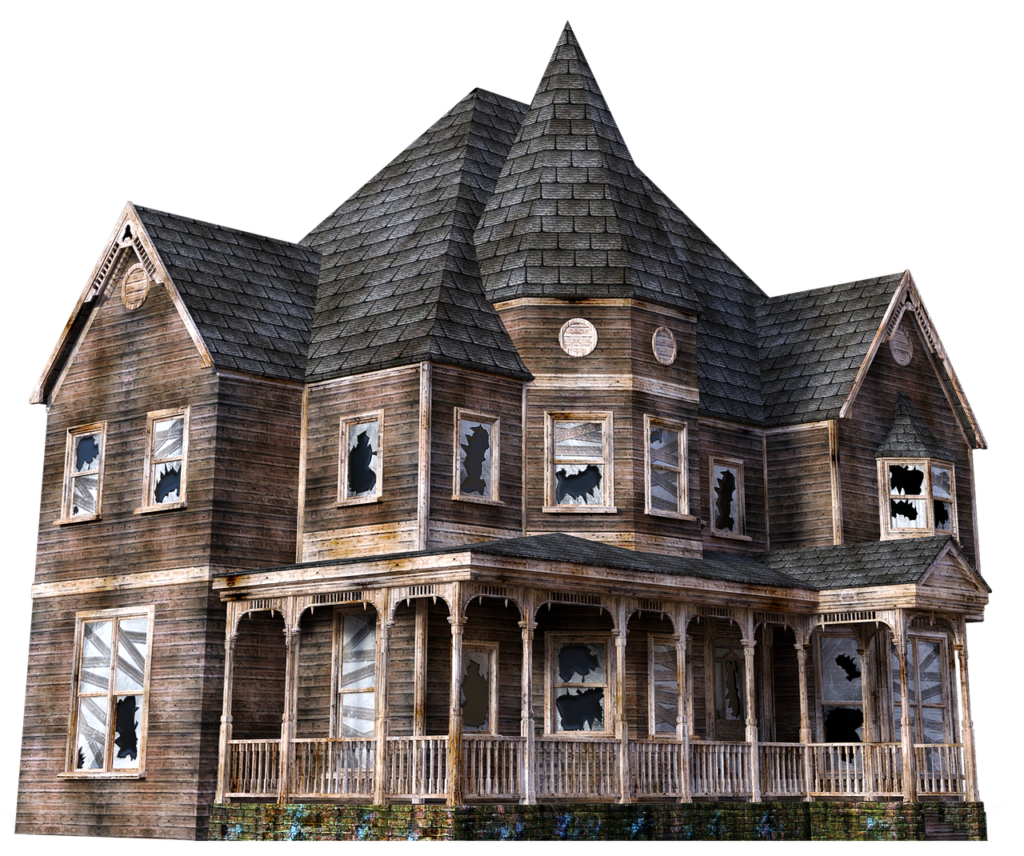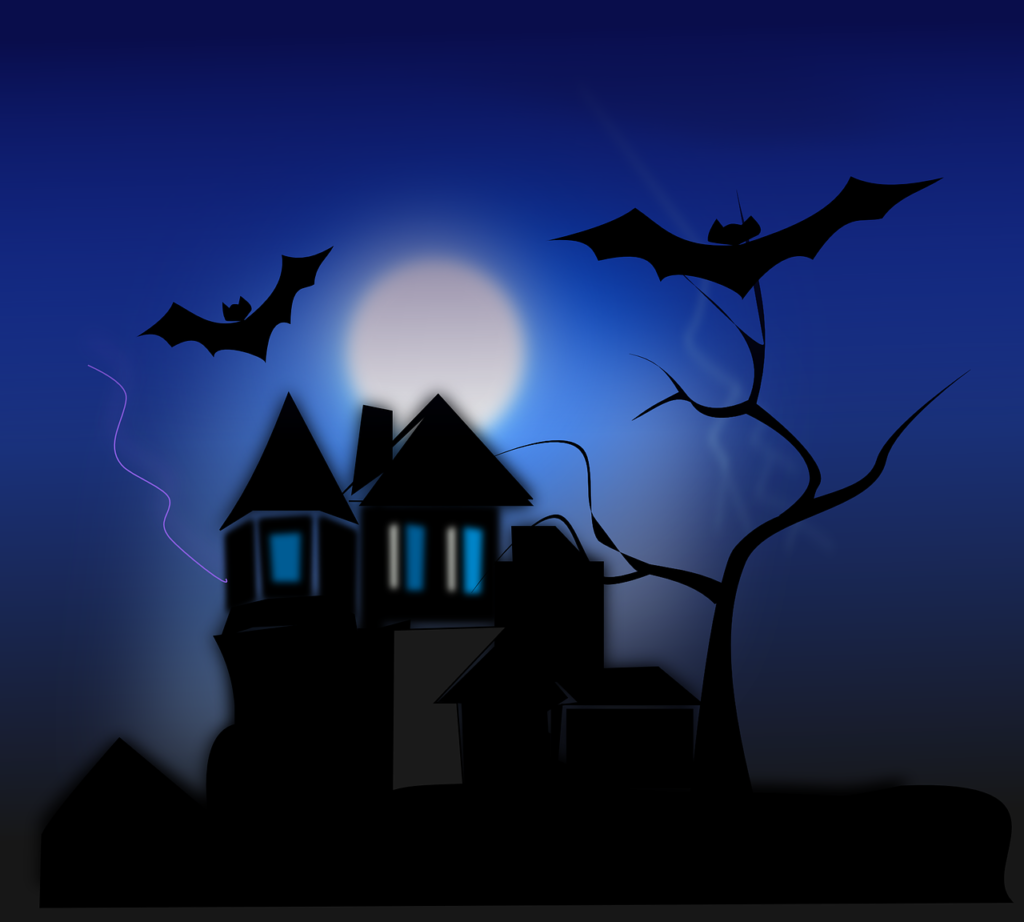Once again, it’s that time of year. It’s time for all the ghouls and demons to emerge from their hiding places. It’s time for children to dress up in imaginative costumes and go door-to-door soliciting treats. Yes, it is that delightful annual occasion known as Halloween. For many people, one popular practice over this occasion is to visit local haunted houses. People relish the opportunity to entertain their basic anxieties in these frightening commorancies. Many of us enjoy a good scare.
Naturally, these are fictitious haunted houses. Annual occurrences of frights involving smoke and mirrors. They’re enjoyable because everyone participates. The demons are actors, while the ghosts are set pieces. These haunted houses are enjoyable since both the spook and the spooked are aware that no one will be harmed in the process. So what about really haunted houses?
Here, the rules are altered. This time, the scares are genuine, and the victim’s safety is jeopardized. Now, one is confronted by the supernatural. That is, assuming that “the supernatural” exists at all.

Many neighbourhoods around the industrial and post-industrial world appear to have one or two purportedly haunted locations. According to Dennis William Hauck’s National Directory of Haunted Houses, the United States alone has around 2,000 haunted locations. This is unsurprising, given that the only actual qualifications for a haunted house are a spooky atmosphere, a very lengthy history, and a few eyewitness tales.
Thus, where are some of the ideal locations to visit in order to witness a “genuine” haunting? How about two of the world’s most haunted locations?
• Whaley House – Located in San Diego, California, this is the nation’s most haunted house. The residence was partially constructed on top of an old cemetery and portions of San Diego’s first public gallows. The residence has stood on that spot for 148 years. The house’s location has made it a great location for numerous heinous actions during the last century. As a result, several ghost sightings have happened on this property. Among them is the spirit of a little girl who hanged herself on a clothesline while rushing down a hillside. Jim Robinson, a well-known criminal, was hanged five years before the mansion was erected. His final resting place is currently located between the parlor and music room. When visitors pass under the archway that separates these rooms, many describe feeling a chill and a tightening of the neck. Along with these two ghosts, countless reports of phantom odours in certain rooms, nonexistent baby cries in other rooms, and various apparitions seen in the house’s mirrors and windows have been made.
• Borley Rectory – Borley Rectory England, not to be outdone by the United States, also has a number of haunted locations. Borley Rectory, in the little town of Borley, Essex, is said to be the most haunted. The rectory (priestly dwelling) was constructed in 1863 on the site of a historic monastery. Surprisingly, it was erected on a site reputed to be haunted by a spirit (a nun who was bricked up alive, in one of the monastic cellars). Since then, the rectory has experienced multiple sightings of the nun, as well as numerous poltergeist events, during which various things have been broken or shifted. Strange sounds, scents, and chilly areas have also been reported there.

While both of these locations claim to be haunted, one has to wonder whether haunting is a genuine occurrence or a psychosomatic one. Is it true that ghosts exist, or are they figments of our imagination? This continues to be a contentious issue among the general people. According to a recent Harris poll (February 2003), 51% of respondents asked believed in ghosts.
Of fact, believing in something and its reality are not always synonymous. After all, there was a time when a large portion of the globe believed the planet was flat and that disease was caused by the star’s influence. While there is considerable disagreement among the general people over the validity of ghosts, there is little to none among the scientific community. There has been no clear proof to far indicating the validity of ghosts or other paranormal experiences.
So, what are people seeing? Along with the numerous ghost seekers, there are a few ghost-busters. After reading the different testimonies from these guys, it’s clear that ghostly encounters occur for one of two reasons.
1. Delusions
2. Conspiracy theories
The first phrase is reserved for clinically insane individuals, correct? Not at all. Hallucinations are more prevalent in the general population than one might believe. A hallucination is merely a moment when the brain misinterprets a sight, sound, or scent. The majority of hallucinations occur during “dazed” states. That is, moments during which the individual is somewhat tranquil. The two most frequent times are just before or after sleep, or when engaging in a peaceful, rather boring activity.

Hypnopompic Hallucinations, or “awake dreams,” are hallucinations that occur shortly before or just after sleep. When one awakens, the brain is not completely out of “sleep mode,” and thus, moments of dreaming leak into reality. Hallucinations can sometimes occur when performing routine tasks such as cleaning. When one is in a daydreaming condition, apparitions frequently appear. Numerous individuals claim catching a glimpse of something out of the corner of their eyes. This is frequently the consequence of their eye perceiving the quick movement of a little object (e.g. a fly, their eyelash, or drifting material inside the eye) and their brain equating it with a larger object. Occasionally, these take the shape of a human standing or seated. The level of detail in the hallucination is highly dependent on the hallucinator’s susceptibility/imagination. However, the outcome is always the same. The “apparition” vanishes the moment the person looks away.
Why so many people describe experiencing the same event has a lot to do with the power of suggestion. Individuals who are familiar with the legends surrounding a certain location are frequently prone to seeing the objects in question. Often, the hallucination is simply linked to a piece of the story the individual has heard (often getting molded to fit the scenario after the fact). Occasionally, the hallucination is intense enough to inspire the creation of a new ghost story. This is frequently the result of a personality type known as “fantasy prone.” That is, a person who excels at imagining. Many of these individuals go on to produce fantasy/science fiction novels or assert psychic skills. Additionally, they are prone to being hypnotized. Cases in which objects are discovered to be relocated or moving are frequently exaggerations of what actually occurred. Occasionally, the individual may even subconsciously rearrange objects in an attempt to bring their vision to life.
Which brings us to the second major kind of haunting: hoaxes. Numerous haunted locations throughout the world are prepared in this manner to induce the sensation of paranormal activity. Numerous locations with a reputation of being haunted are undoubtedly receiving assistance from owners/staff members who are attempting to preserve the legends. This can range from tiny gestures such as synchronized footfall sounds during a specific time period of the night to deliberately switching light switches on and off, creating ghostly sights, and fabricating supplementary storylines.

Often, these “hoax houses” are easily discovered. Occasionally, though, a haunted house retains its aura of the supernatural for an extended period of time and resists attempts at debunking. Consider the infamous Amityville Horror. The Amityville Horror occurred in 1975 in Amityville, New York. The residence had been the location of the DeFeo family’s heinous murder a year previous by family member Ronald “Butch” Jr. George and Kathy Lutz, along with their three children, purchased the home. Not shortly after moving there, the Lutzes reported that their house had been taken over by demons and provided a rather thorough description of what occurred throughout their 28-day stay.
In 1977, author Jay Anson adapted the story into a novel. This was followed by a 1979 film adaptation of the novel and, most recently, a 2005 remake. Each of the three includes the tagline: a true story. This, however, was not the case. There have been naysayers ever since the initial story was brought to the public’s attention. Despite the fact that academics Rick Moran and Peter Jordan discovered over 100 factual discrepancies between the book’s account and the actual facts (for example, the claimed demonic hoof print discovered in the snow could not have occurred because there was no snowfall that night), the legend persisted.
Finally, it required the confessions of William Weber (the DeFeo’s attorney) and the Lutzes to put an end to this mythology. Although the Amityville Horror was eventually discredited, the damage had been done. All subsequent owners of the DeFeo family estate must now contend with throngs of onlookers and paranormal investigators who insist on viewing the cursed mansion.
Therefore, if someone dares you to spend the night at a “true” haunted house this Halloween, keep in mind the famous words of investigative authors Robert Baker and Joe Nickell:
“There are no haunted places; there are only haunted individuals.”
